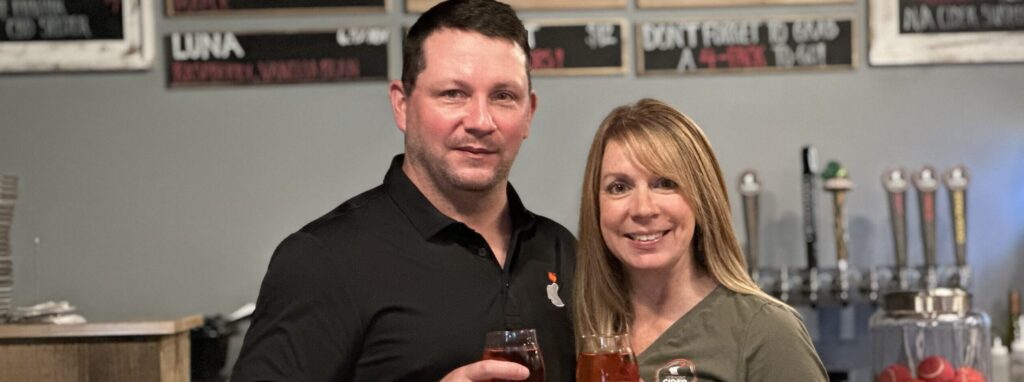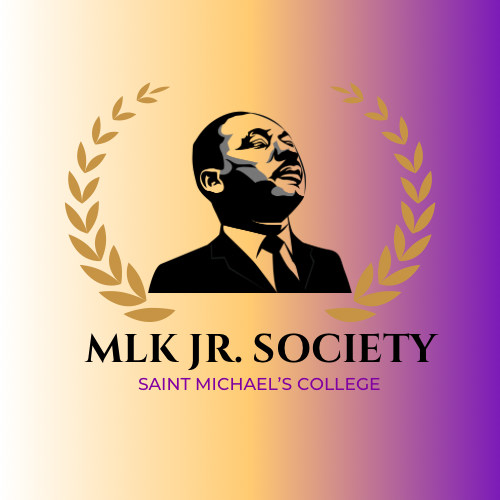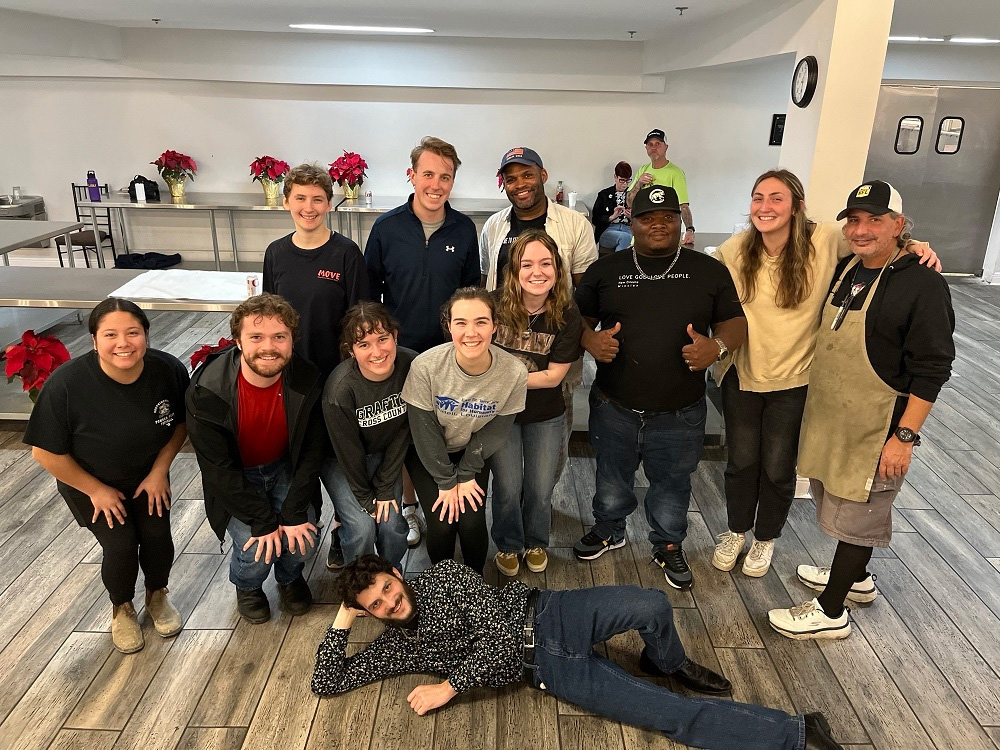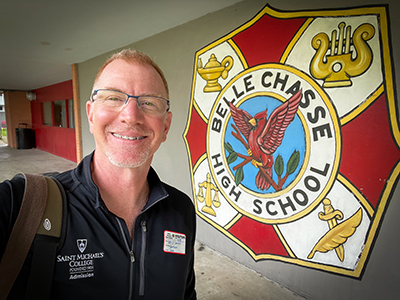Service trips to 6 sites open student eyes over break
While many classmates were home enjoying friends and family over the holidays, about 60 Saint Michael’s students joined staff leaders for what felt like a higher calling in the service of fellow humans, animals and the environment at six sites: Florida, Texas, Utah, Buffalo, NY, Baltimore, MD, and New Orleans, LA from January 9 through January 16.
Anna Boesch has served for about six months as assistant director for MOVE (Mobilization of Volunteer Efforts, the service arm of Edmundite Campus Ministry), and was staff leader on the service trip to Immokalee, FL — one of the six trips that involved 10 people apiece.
She explained that each trip has one student leader among nine total students with one faculty or staff leader. The student leaders worked all semester preparing for their respective trips. They do all the contacting with our service sites and do a lot of logistical planning, while the staff person is there “to offer support and leadership in whatever they need.”
MOVE leaders settled on trip-sizes of 10 because cost-saving group rates can be found for plane tickets to the far-flung sites, and because “it’s a manageable size on facilitating discussion for reflection and processing the week and fostering relationships,” Boesch said.
The Utah trip worked with Best Friends Animal Sanctuary, the largest no-kill animal shelter in the U.S. and the site of several MOVE trips in previous years. Work there might include cleaning, animal care or playing with animals.
Lindsay Damici of the Marketing Office was staff leader for the trip to Big Thicket National Preserve in Texas, where her group spent a week planting 14,000 trees. “I wanted to get involved because I didn’t have that opportunity in College for service trips, and being in marketing a big thing is getting to know students. Doing that through service felt like a special way to get to know them. I wanted to grow on a personal level and deepen those student relationships.”
Damici says while she doesn’t shy away from leadership roles, it was her first experience with this level of responsibility as the sole older adult on a major trip. “My family wasn’t a very outdoorsy family, so one thing getting older is that I want to connect with nature in a different way,” she said. “It was nice to spend a week outside, especially in an area like Texas where I’d only been for a Marketing conference in high school in Dallas, so I enjoyed seeing more-rural Texas.” Only one student on her trip had ever been to Texas before. The preserve is one of the most diverse eco-systems to be found.
“We had a good mixture of backgrounds, seven women and two males, with some environmental science majors who connected with the park rangers we worked with, so a couple students got information on possible internships with the National Parks Service,” Damici said. “It was cool to see them get into their major and network in ways that could be life-changing.”
Their accommodations were more “posh” than most trips, she said. “We stayed in the Preserves Research Center about a half hour from where we worked – it has a living room and girls and boys dorms with bunk beds and sheets and pillows.” Florida trip students, by contrast, stayed in unfinished homes that they were helping build, on the floor in sleeping bags.
Every night groups made time for reflection, by design of the trip organizers. “At the beginning students hadn’t had time to process experience,” Damici said of her group, but as week progressed you could see students feeling more comfortable with each other and opening up about their personal lives or what they’re dealing with and what the experience made them think about. It was different for us since we didn’t work directly with people like the other trips, so it was interesting how it caused a lot of self-reflection — and it was bringing up some emotion for people.”
Challenges they overcame included flight delays that shaved a day off their time at the Preserve, “but we were determined to get the trees planted, and were able to do it all in three and a half days and still have a free day to go canoeing with the rangers,” Damici said. “It was an exhausting week, but it emotionally recharges you. It’s especially nice to be around the energy of college students and the excitement they have to go out in the workforce and make a change”
Boesch and her group worked with a migrant farm community in Immokalee, the first half of each day working with habitat for humanity building homes, painting, doing construction, and then working the rest of the day at a child charter school with infants up to age 5, helping in classrooms and providing important one-on-one time with the kids. “I’ve never worked with migrant farm workers,” said Boesch, who has spent time in Nicaragua before Saint Michael’s however, “so culturally I was diving back into that Latino/Latina culture.” Boesch and some students were struck by their drive the first day from Naples, in one of Florida’s wealthiest countie,s to such poverty only an hour’s drive south.
“We saw 10 million dollar homes at first, so the disparity between the two towns was striking,” she said. “At the same time, the Habitat branch we were working with one of most successful, building 100 homes a year, and a lot of the funding comes from Naples, so it’s very complicated and we had a lot to talk about.”
She said a goal in placing applicants in trips is breaking up friend-groups to allow new relationships to be fostered. “It’s gratifying to see students interact with each other, and I saw a ‘family’ starting to grow, take on responsibilities, feeling like older and younger siblings since we had all class years on the trip.” Group members from several trips have made efforts to stay connected now that they’re back.
The group in Buffalo, NY, worked with middle-schoolers at an inner-city school girls’ school, Saint Monica, and at a nearby boys’ school helping in classrooms in any capacity that teachers needed, like organizing after-school activities such as basketball games.
“At end of each day groups would share a meal, cook, have dinner and set aside time for reflection that student leader would plan,” Boesch said.
She said students apply to be on MOVE’s CORE leadership team, which has 13 members this year, and all leaders for extended service trips train with that group. Most of them have gone on service trips before. “We meet every week to work on skills and planning and social justice conversations,” Boesch said.
The Baltimore group worked with a number of service sites, mainly with people experiencing homelessness and in shelters, she said, while the New Orleans group worked both building homes with Habitat and helping out at a Boys and Girls Club. They also visited St. Peter Claver Parish, which has close Edmundite ties historically, for Mass on Sunday, and got to know the welcoming community members there.
“Since the Edmundites founded us and support our trips, if there’s an opportunity to go to Mass, we stay with those roots,” Boesch said. “We’re flexible and have conversations with students who might be uncomfortable with that but we do ask them to honor our roots with such opportunities when they arise.”






